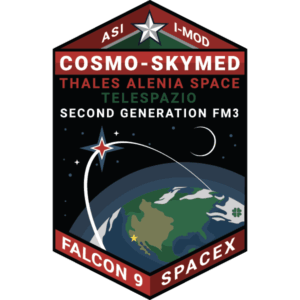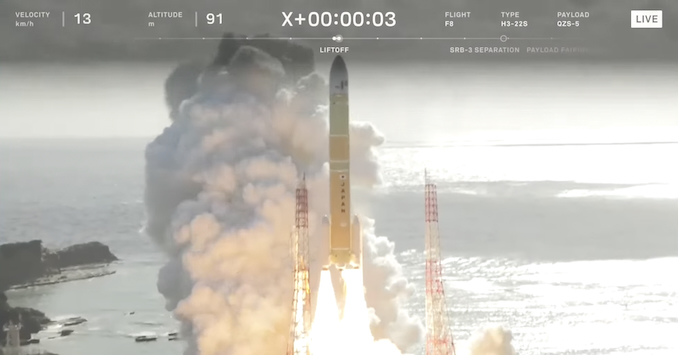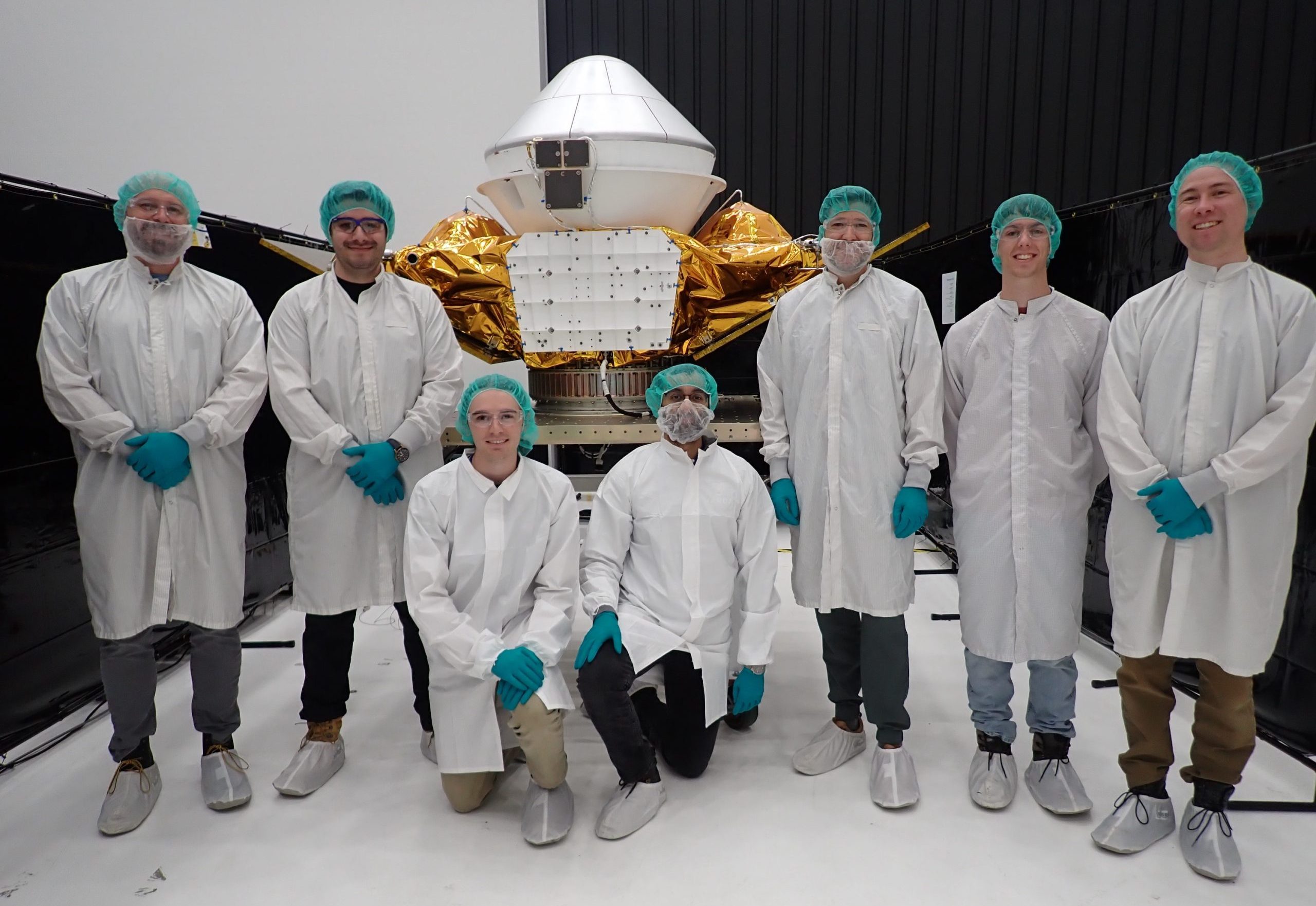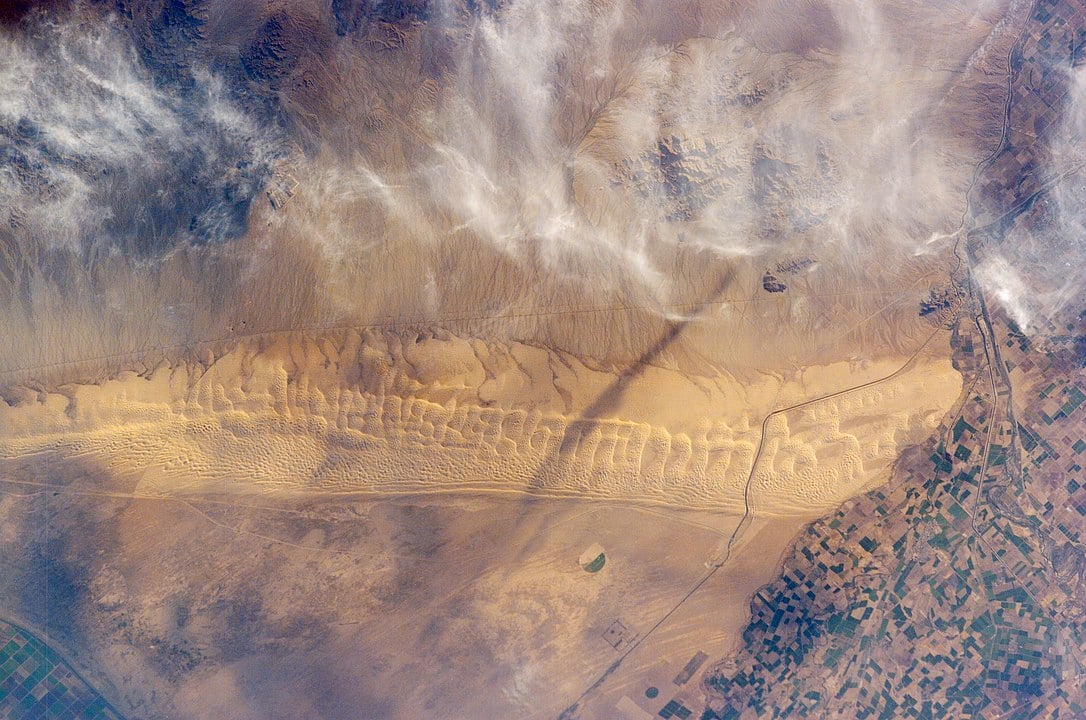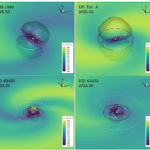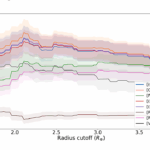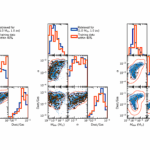Now Reading: Axiom Space, Oakley partner on spacesuit visor for Artemis missions
-
01
Axiom Space, Oakley partner on spacesuit visor for Artemis missions
Axiom Space, Oakley partner on spacesuit visor for Artemis missions
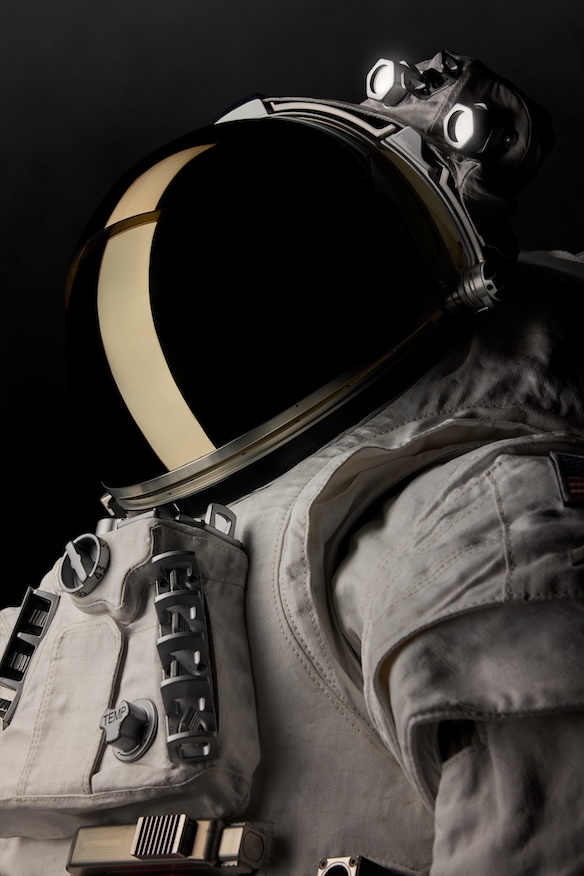

The next humans to walk on the South Pole of the Moon will sport a truly unique visor, courtesy of Oakley.
The high-end sunglasses designer is the newest announced partner to join Axiom Space in its development of its Axiom Extravehicular Mobility Unit (AxEMU) spacesuit designed for lunar exploration.
Oakley’s foray into space coincides with the 50th anniversary of the California-based company. The AxEMU is set to support the astronaut who will explore the Moon on the Artemis 3 mission, currently targeting launch in mid-2027.
“Really what you want to do is optimize the clarity and the vision of the astronauts when they perform EVAs (extravehicular activities). And so, we started thinking through different options on how to approach the design of that system. And really, this is something that Oakley is really skilled at and they do a lot of different optical systems,” said Russell Ralston, Executive Vice President of EVA at Axiom Space.
“So, we ended up getting in contact with each other and it was pretty clear immediately that one, they are certainly experts, undoubtedly, in their field, and it was a really good opportunity for us to work together to engage traditionally non-aerospace industry, solve what was a challenging, technical problem and honestly, just do something that was pretty cool.”
The AxEMU visor will feature what Oakley calls its “next-gen High-Definition Optics (HDO), which it uses in its glasses.
“Developing the AxEMU visor system alongside Axiom Space marks a historic milestone. This breakthrough represents decades of relentless innovation, a clear commitment beyond reason,” said Ryan Saylor, Senior Vice President of Advanced Product Development at Oakley, in a statement. “We’re proud to bring this legacy of optical performance and visual acuity to the Artemis 3 mission and define the future of space exploration.”
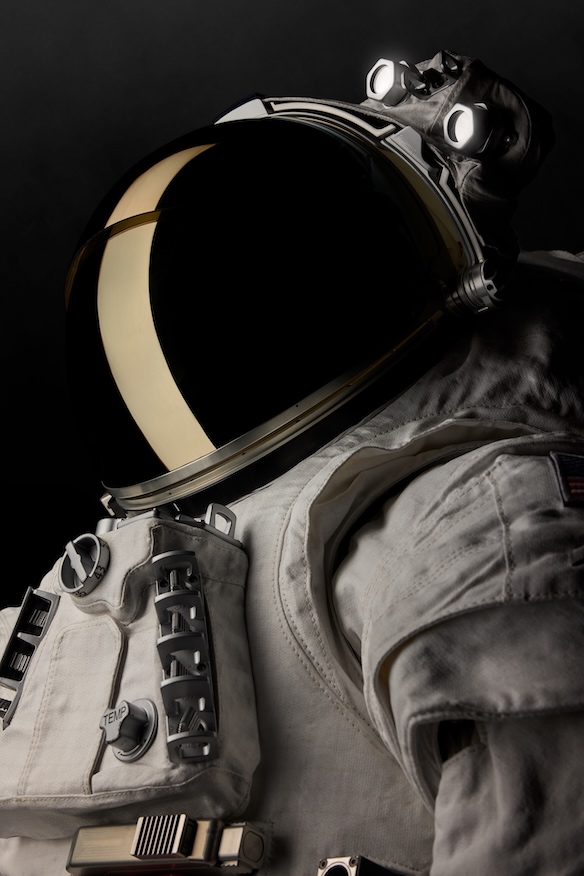
The visor system includes features like a deployable, two-part visor for harsher lighting, a secondary helmet bubble that shields the user from both UV radiation and dust and is coated with 24-karat gold to further help with the bright sunlight at the South Pole.
“Gold, in particular, has some natural properties that help filter out certain portions of sunlight that are relatively harmful,” Ralston said. “In space, they’re even more harmful than, say, down here on the beach or wherever you’re at. So really, it comes down to just the requirement space, in terms of, we need to protect the eye from certain types of light and gold has some kind of intrinsic properties that helps do that.”
The multiple coatings factored into the visor system are also critical when it comes to dust mitigation and the unpredictable elements of conducting a multi-hour spacewalk on the Moon.
“Oakley has quite a bit of experience in terms of dealing with optical systems that are in dirty environments, whether it’s mountain biking or motocross riding or other things. And so, there’s definitely some coatings and things like that, but other treatments that can be done to help deal with the lunar dust issue,” Ralston said.
“But it’s not just that. There’s impact that we have to take, if you were to fall on the Moo and land face-forward on your helmet. So, it actually has to be a pretty strong system overall and be able to take quite a bit of abuse. Overall, we’re extremely happy with where it’s at.”
NASA tapped Axiom Space to build the AxEMU suit back in September 2022 when it awarded it a task order valued at $228.5 million. The company also received an additional contract the following year to create the necessary modifications for the suit to operate in a low Earth orbit environment.
In May, Axiom Space brought the AxEMU to NASA’s Johnson Space Center where Koichi Wakata, Axiom Space astronaut, Chief Technology Officer and former JAXA astronaut, performed tests inside the massive pool called the Neutral Buoyancy Laboratory (NBL).
Two spacesuit engineers from NASA also donned the suit in the NBL.
“These are early days in the NBL testing, as you can imagine. Obviously, we want to make sure this suit has integrity and clearly, that was the case,” said Michael López-Alegría, Lead Astronaut at Axiom Space. “We have to test out the procedures and how we go through the pressurization with a person inside instead of just a dummy or nobody.”
A new spacesuit hasn’t been designed in more than 40 years and it’s been even longer since the suits worn during the Apollo era were conceived and manufactured. Ralston said the undertaking has been challenging, but new technologies that have become available since then are allowing them to advance the capabilities of these next-generation spacesuits beyond what was available to last generation of moon walkers.
“I think we do a fairly good job of balancing taking the value from the past and learning from it with the new innovation and creativity from the tools that we have today to create a system, ultimately for our customer, NASA, that is the best possible suit that, in our minds, can be conceived,” Ralston said.
“Partnerships like this, with Oakley, are one of those tools in the toolbox where we at Axiom are extremely skilled when it comes to space systems, but we’re not necessarily the world’s foremost expert in, say, optical systems. So what we do is we will partner with those people and leverage those mutual kind of skill sets.”
Oakley is the latest partner to join in developing the AxEMU, joining the likes of Prada and Gu. López-Alegría said it’s an important part of Axiom Space’s business model to bring new players into the aerospace world.
“Oakley’s a non-traditional partner, they don’t have a big footprint in the space world, but it’s emblematic of what at Axiom we’re trying to do, which is to bring in more of these non-space players into the space realm,” López-Alegría said. “Obviously, our most important driver for that is to try to get people who are the best at what they do, as you can see with Oakley, with Prada and some others.
“But the side effect of it is also that we’re spreading some of our space seed, if you will, to the industries that those companies are big players in. And I think that bringing these two infrastructures or these realms together is a very positive thing and gives us access.”
Stay Informed With the Latest & Most Important News
Previous Post
Next Post
-
 01From Polymerization-Enabled Folding and Assembly to Chemical Evolution: Key Processes for Emergence of Functional Polymers in the Origin of Life
01From Polymerization-Enabled Folding and Assembly to Chemical Evolution: Key Processes for Emergence of Functional Polymers in the Origin of Life -
 02Panasonic Leica Summilux DG 15mm f/1.7 ASPH review
02Panasonic Leica Summilux DG 15mm f/1.7 ASPH review -
 03Two Black Holes Observed Circling Each Other for the First Time
03Two Black Holes Observed Circling Each Other for the First Time -
 04How New NASA, India Earth Satellite NISAR Will See Earth
04How New NASA, India Earth Satellite NISAR Will See Earth -
 05And Thus Begins A New Year For Life On Earth
05And Thus Begins A New Year For Life On Earth -
 06Astronomy Activation Ambassadors: A New Era
06Astronomy Activation Ambassadors: A New Era -
07SpaceX launch surge helps set new global launch record in 2024












